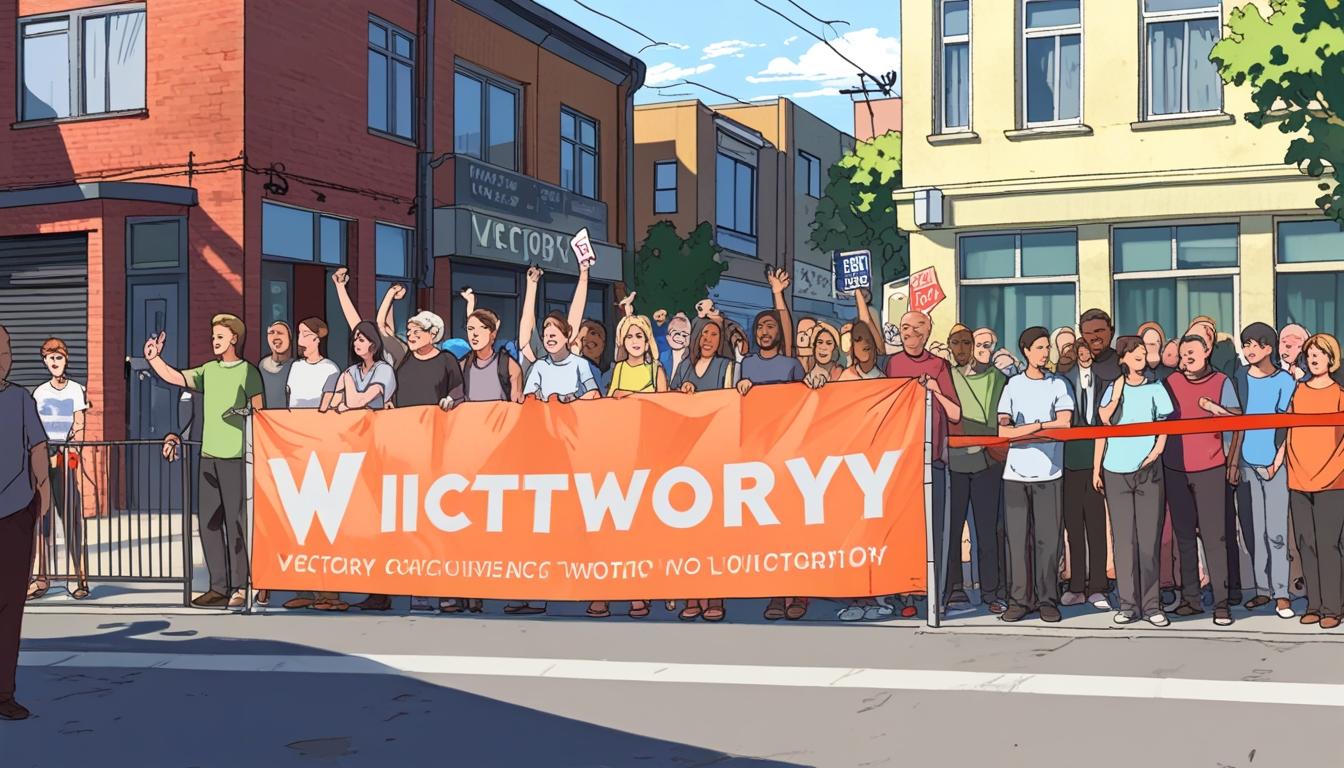Campaigners in West Dulwich have achieved a significant legal victory against Lambeth Council concerning the contentious introduction of a Low Traffic Neighbourhood (LTN) scheme. The High Court ruled that the council acted unfairly in its consultation process, leading to the scheme’s cancellation. Many residents, represented by the West Dulwich Action Group (WDAG), expressed that the local input was insufficiently acknowledged prior to the implementation of the LTN, which aims to curb "rat-running" by restricting through-traffic with physical barriers. This legal challenge marks a pivotal moment, potentially influencing similar initiatives across the UK.
LTNs have emerged as a highly debated topic since their rollout in the UK, particularly following a £250 million government investment in 2020 aimed at promoting urban mobility and reducing emissions. Proponents argue that they lead to quieter streets and improved air quality, thereby enhancing public health. However, critics, including many residents affected by these measures, argue that LTNs often exacerbate congestion and pollution in nearby areas, as diverted traffic spills into boundary roads.
In the case brought before the High Court, Judge Tim Smith highlighted that the consultation process by Lambeth Council was lacking, particularly regarding a detailed 53-page document produced by the WDAG, which was deemed crucial to the discussion around the LTN's impact. Campaigners, who gathered almost £50,000 through a GoFundMe campaign to fund their legal actions, described the battle as a "David v Goliath" struggle. They expressed that the ruling sends a potent message to local councils that top-down implementations without adequate community consultation will not be tolerated.
The legal landscape surrounding Lambeth's LTNs is complex; another case challenging the same council's experimental measures was dismissed earlier. In that instance, a resident with disabilities argued that the LTN adversely affected her travel, claiming the council had not met its responsibilities under the Equality Act 2010. However, the judge in that case ruled that the measures constituted a genuine experiment and that the council had met its obligations regarding public sector equality duties.
The divergent outcomes of these challenges underscore a broader issue regarding local governance and community engagement in the planning process. Critics of the current approach argue that many LTNs lack comprehensive consideration of their socio-economic implications. Residents facing increased congestion due to diverted traffic question the communal benefits of such initiatives when their impact on day-to-day life fails to align with consultation outcomes.
Lambeth Council defends its position, asserting that the LTNs are intended to create safer and healthier neighbourhoods, aligning with broader national public health objectives. They emphasise that many residents do not own cars and advocate for sustainable transport solutions. Yet, the tensions surrounding these measures continue to ripple across local communities, raising critical questions about the balance between urban planning and citizen input.
As public discourse around LTNs evolves, the West Dulwich victory could signal a shift towards more participatory approaches in local policymaking, ensuring that the voices of constituents carry weight in decisions that fundamentally alter their living environments. The outcome may encourage other communities grappling with similar developments to pursue similar advocacy, pressing for accountability and transparency from their local councils.
The landscape of urban transport planning continues to shift, and the outcomes of these legal and community battles may well determine the future of Low Traffic Neighbourhoods and their role in creating sustainable urban environments across the UK.
Reference Map
1: Paragraphs 1, 2, 3, 4, 5, 6, 7
2: Paragraph 5
3: Paragraph 5
4: Paragraph 1, 4
5: Paragraph 5
6: Paragraph 6
7: Paragraph 4
Source: Noah Wire Services
